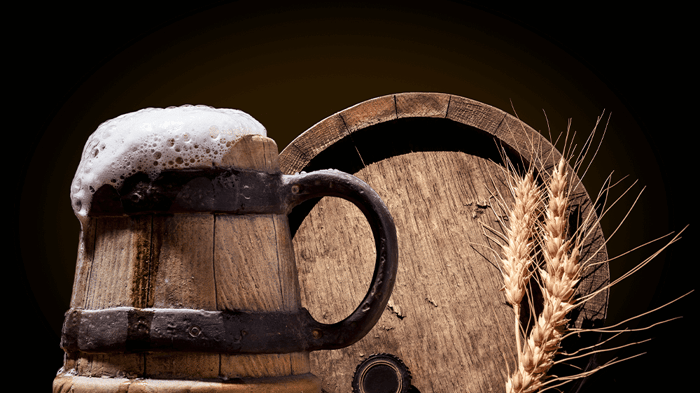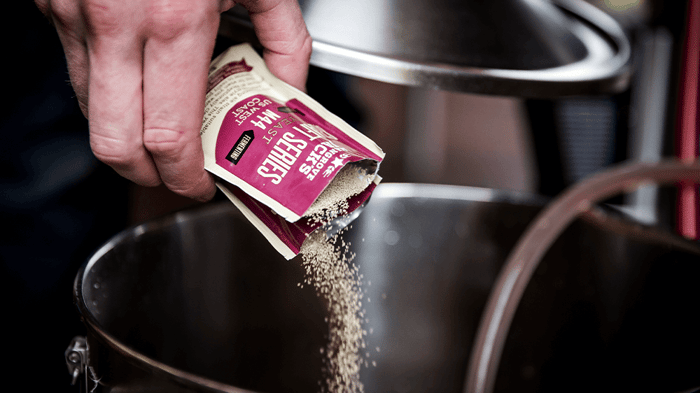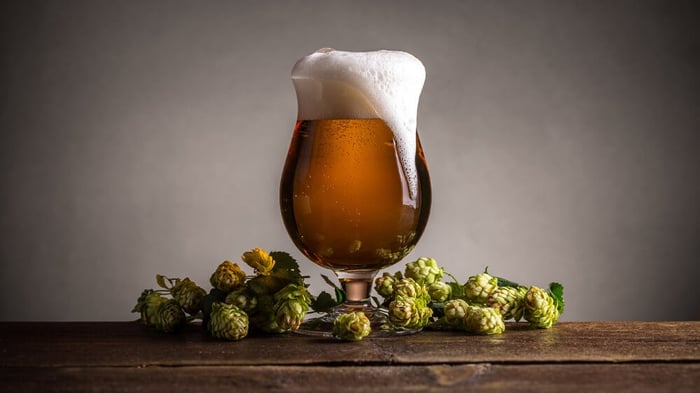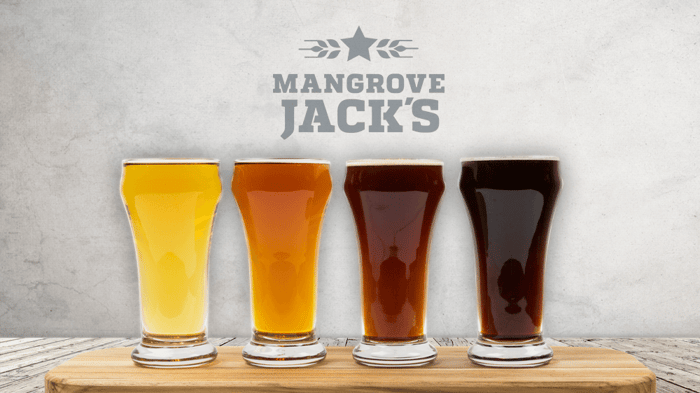A brief history of beer. Homebrewing and the resulting craft industry beers have led the way in brewing creativity for the last 30 years, with every different flavour combination you never expected being put into bottles and cans. As beer and homebrewing are now becoming more "mainstream" than ever before, we thought we'd take a look at where it all started...
Beginnings

It all started with the big bang, but let's fast-forward to the last ice age - as up until then, there was no beer!
At the end of the last ice age (around 11,700 years ago) humans had settled in almost every region of the world. The changing climate made the current Middle East more habitable for many types of grasses, as chemical evidence shows that humans may have been brewing with grass as far back as 7000 years! Through humans selectively breeding these grasses, wheat and barley were eventually cultivated. The high gluten and gritty husks of this early wheat made it more suitable for bread whereas the relative low gluten and intact husks of the barley were more suitable for beer.
It's not documented exactly how mashing (the enzymatic conversion of starch in grains to fermentable sugars) was discovered, but it is suggested that it may have been discovered through malting - the process of starting the germination process and then halting it by drying the grain. This was done to preserve and add nutritional value to the grains. When these grains were added to warm water within a few minutes, a sweet nutritional broth was formed.
The growing of grains for beer (and bread) has been discussed heavily as being one of the main factors that resulted in humans forming villages and cities during that time - we'll expand on this next!
Beer in Early Civilisations .jpg?width=218&name=shutterstock_1110436811%20(1).jpg)
Beer and wine seem to have developed at about the same rate in the Middle East. While wine was painted as the more luxurious beverage consumed by only the very upper class, beer was the drink of the people. The Sumerians (the first great civilisation) called beer "kaš", which translates to “what the mouth desires”.
In Sumerian culture, women were the brewers - so the deity of beer (Ninkasi) being female, makes sense. In fact, a hymn to "Ninkasi" was found on an ancient Sumerian tablet (written around 1800 BCE) which contains what is believed to be the earliest beer recipe in existence!
Beer at this time was made from malted barley being kilned, ground, formed into Sumerian Stone Tablet
cakes and baked for added caramelisation. The caramelisation started the
enzymatic process of converting the starch into fermentable sugars. When these cakes were then added to hot water, the result resembled something like a ready-to-go mash.
For the ancient Egyptians, beer was an essential part of life as well as the afterlife and many temples actually had breweries about the size of a modern microbrewery! Beer, along with bread and onions, are often said to be the "fuel that built the pyramids".
Beer in the Middle Ages

The middle ages are when beer became the drink we know today, but with the production of beer for sale, came the start of alcohol taxation.
The blend of spices and herbs used for gruit was kept strictly secret (to prevent counterfeiting), but from the little information recorded it's believed that the following were commonly used: bog myrtle (sweet gale), yarrow, wild rosemary and then whatever spices and herbs were around (juniper berries, cinnamon, ginger and nutmeg). The addition of the gruit tended to make these beers darker in colour - these brewers were known as ‘red’ beer brewers.
The Introduction of Hops
Hops started to become dominant in beer in the free cities of Europe (mostly Germany) since these were outside of the church's reach and were, therefore, then not required to use gruit in their beers. These hop brewers tended to have a high portion of wheat in the grain bill and were known as ‘white’ brewers.
Hopped beer spread throughout Europe and eventually washed up on the shores of Britain along with the influx of Flemish immigrants of the time. Around this point, gruit beer was generally referred to as ale, while hopped beer was simply referred to as beer. The success of hopped beer is owed mainly to the preservative action of hops - the hops allowed mid to low-alcohol beer to remain unspoiled for a few months rather than a few weeks. By the 16th century, the addition of hops had become so popular that all ales and beers contained some measure of hops.




